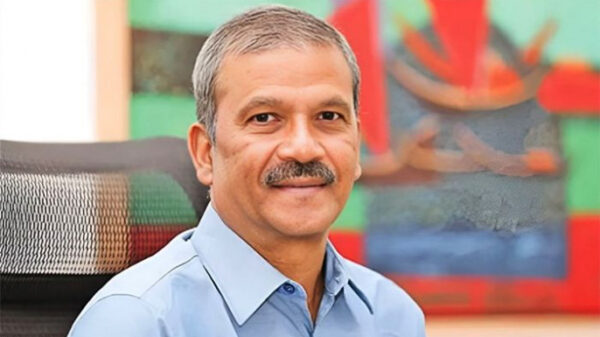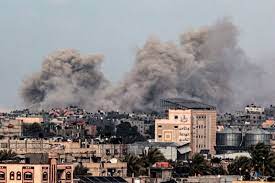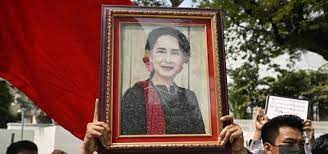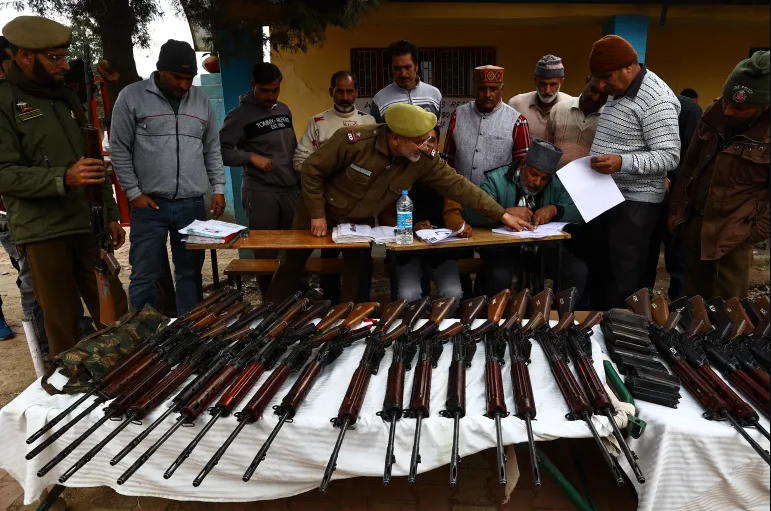Staff Reporter:
Each year, millions of Muslims every race, class, and culture from around the world perform Hajj, the sacred pilgrimage and the fifth pillar of Islam.
Hajj takes place in Makkah, in modern day Saudi Arabia, during the holy month of Zilhajj, the 12th month in the Islamic calendar.
Hajj is a spiritual duty and a pillar of Islam, requiring every Muslim to perform it at least once in their lifetime, if they are financially, physically, and emotionally able.
Performing Hajj more than once is permitted for those sincerely seeking Allah’s (SWT) pleasure.
Hajj is a test of patience and temperament—a spiritual, emotional and physical challenge. However, it offers Muslims the opportunity to renew their spiritual selves, cleanse their sins, and draw closer to Allah (SWT).
Hajj takes place each year between the 8th and 12th of Zilhajj month, however, the corresponding Gregorian dates differ year to year as the lunar calendar appears to shift forward approximately 11-12 days.
According to the lunar calendar, this year the hajj is taking place between 14th and 19th June. The main hajj ritual begins on day 3/9th Zilhajj month.
On arriving at Makkah pilgrims enter a sacred state of purity known as ihram. The first rituals of the hajj begin for the pilgrims at sunset on the eve of the first day (July 15).
The first ritual is the tawaf, in which pilgrims walk seven times anti-clockwise around the Ka’ba – a black silk-clad stone structure situated in the Middle of the Grand Mosque. This is to demonstrate the equality of all Muslims.
The second ritual is Al-Safa and Al-Marwah, where pilgrims run seven times between the mountains of Al-Safa and Al-Marwah, where it is believed Ibrahim’s wife Hagar did when in search of water for her baby Ishmael.
For the third ritual pilgrims travel 14km uphill at dawn, from Mina to Mount Arafat, to pray.
Mount Arafat is where the Prophet Muhammad is believed to have given his last sermon.
On this day pilgrims pray Al Duaa, where they ask for forgiveness and guidance from Allah. At sunset pilgrims walk 9km from the Mount to Muzdalifah where they spend the night praying under the stars.
Next, pilgrims take part in the fourth ritual: ‘stoning the devil’. Pilgrims journey from Muzdalifah toward Mina, where they perform the act of throwing pebbles to represent Abraham’s willingness to sacrifice his son.
When the devil attempted to dissuade Abraham from this act of sacrificial obedience to Allah’s command, Hazrat Ibraham (AS) threw stones to fight him off.
On the tenth day of the month, the three-day festival of Eid al Adha begins.
Pilgrims perform the animal sacrifice known as Qurbani.
This ritual recalls Abraham being gifted a ram to sacrifice, by angel Jibril, to replace his son Ishmael. Eid-ul-Azha is considered to be one of the holiest feasts in Islam and is celebrated by Muslims across the world.










































